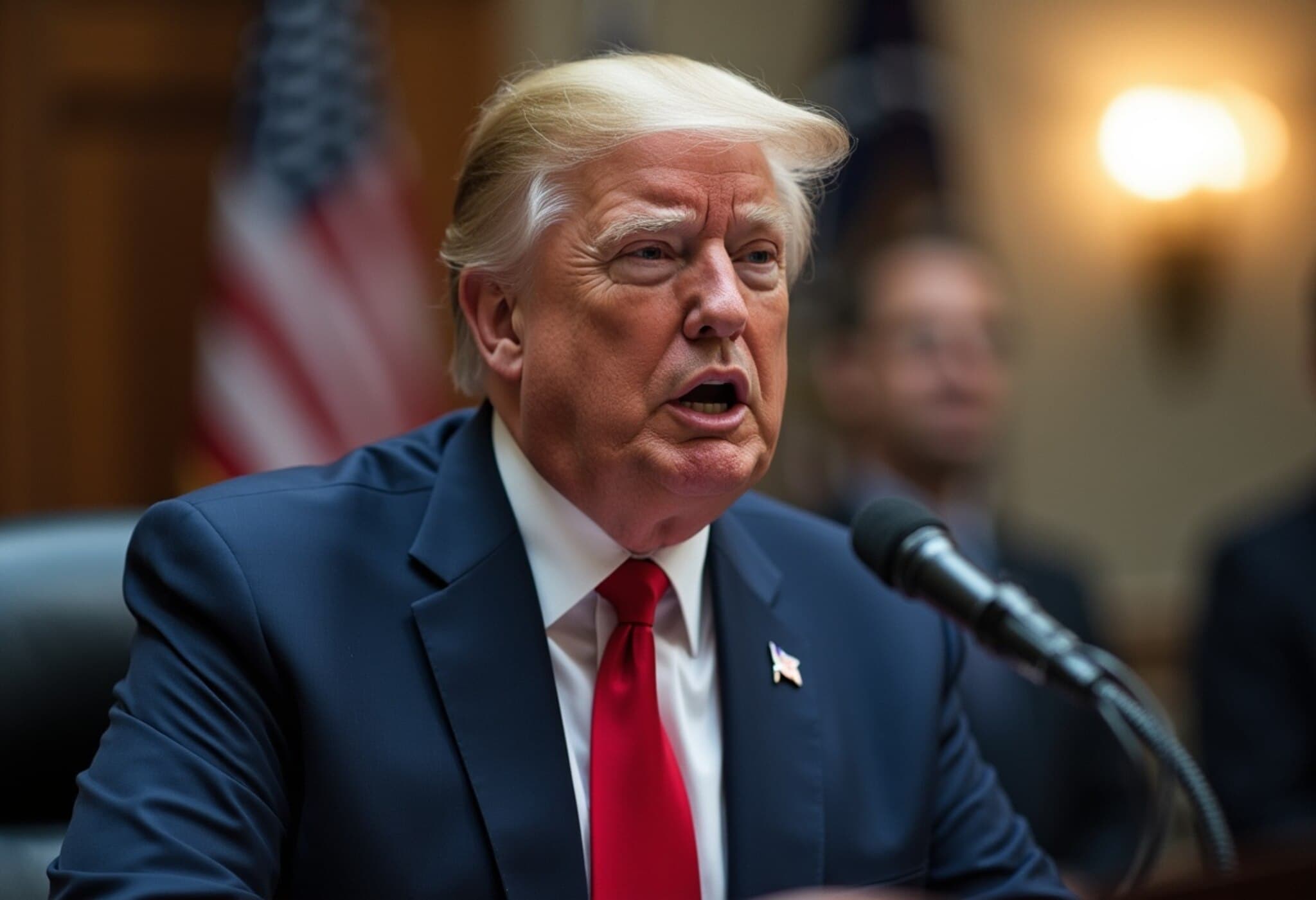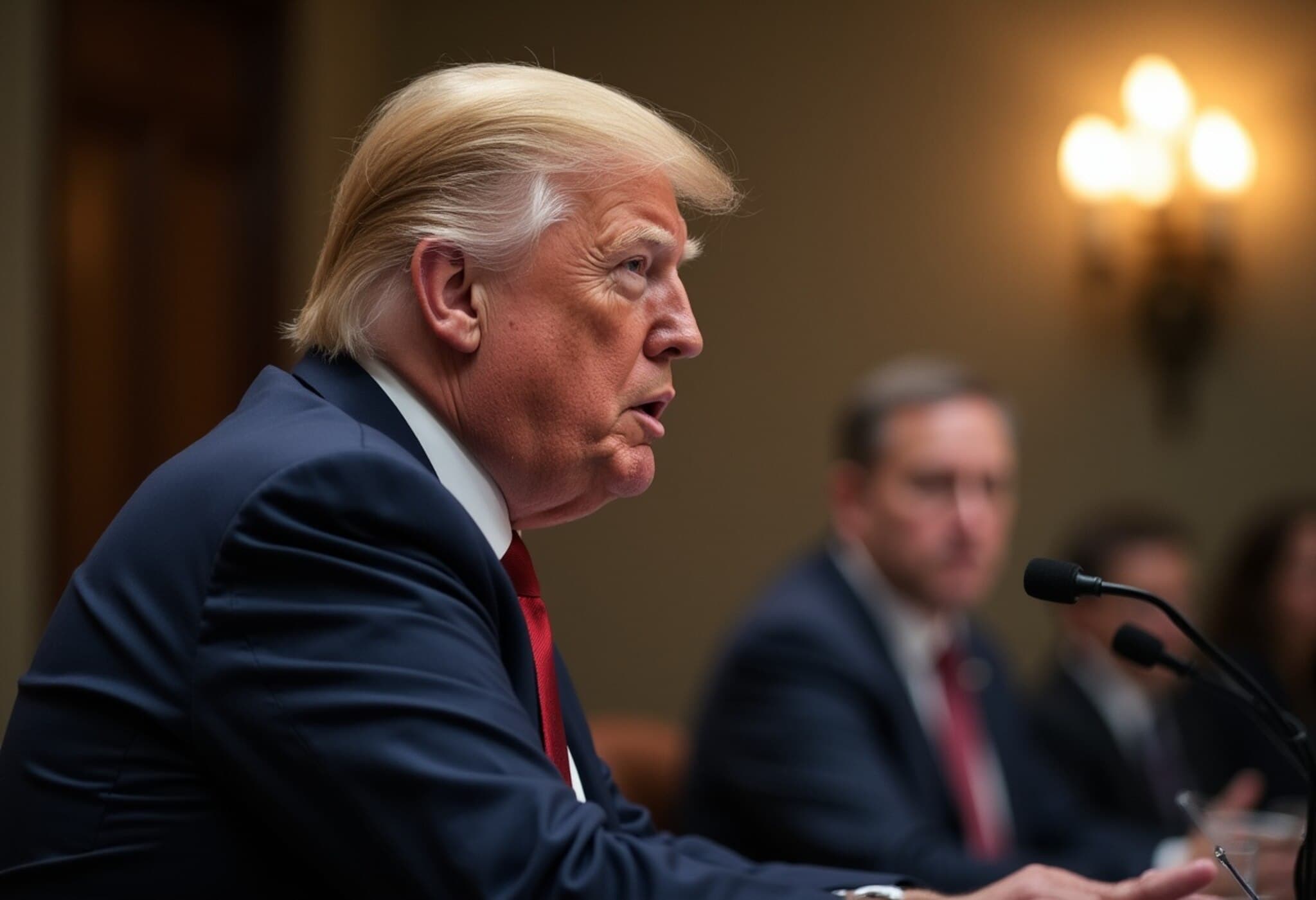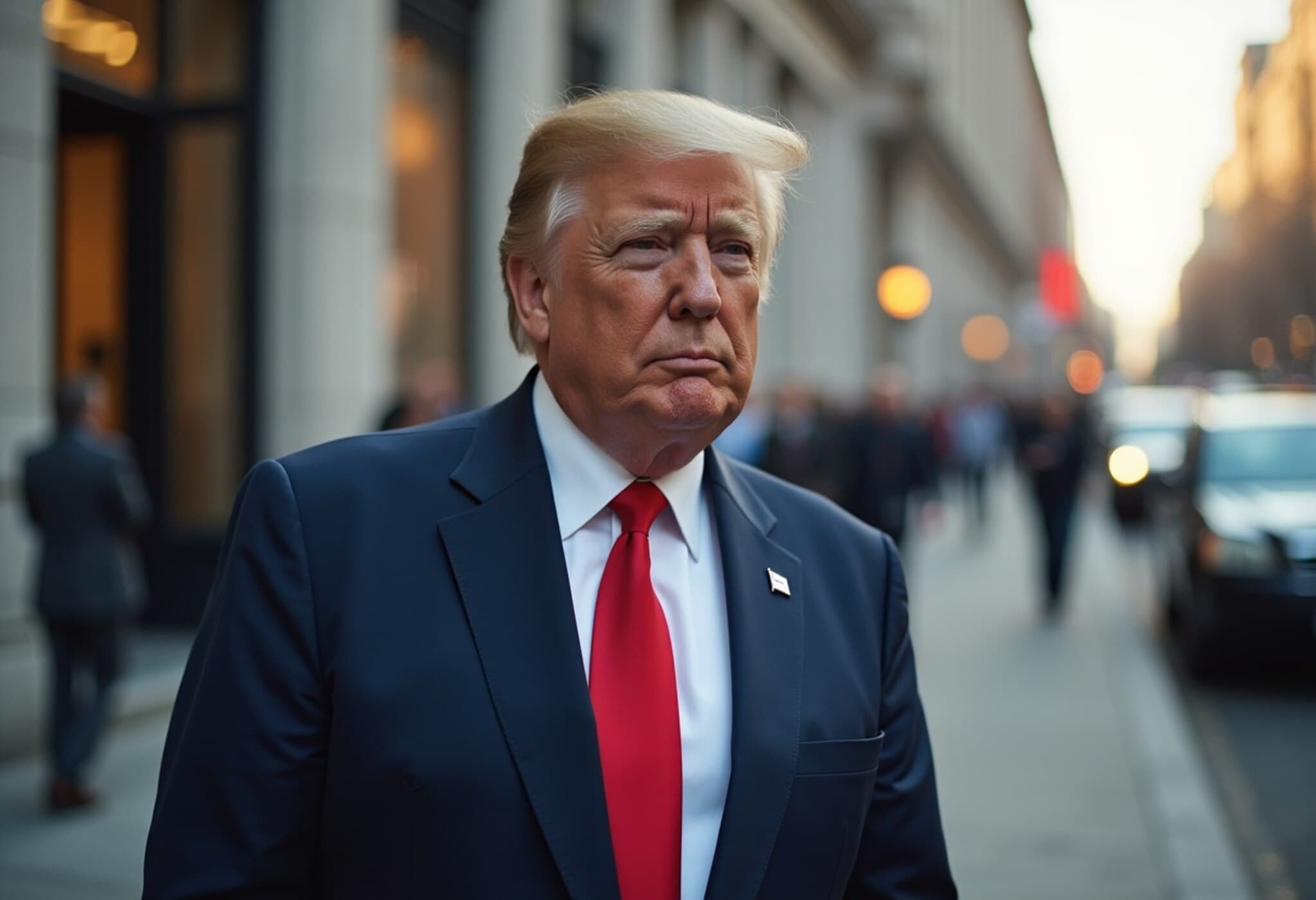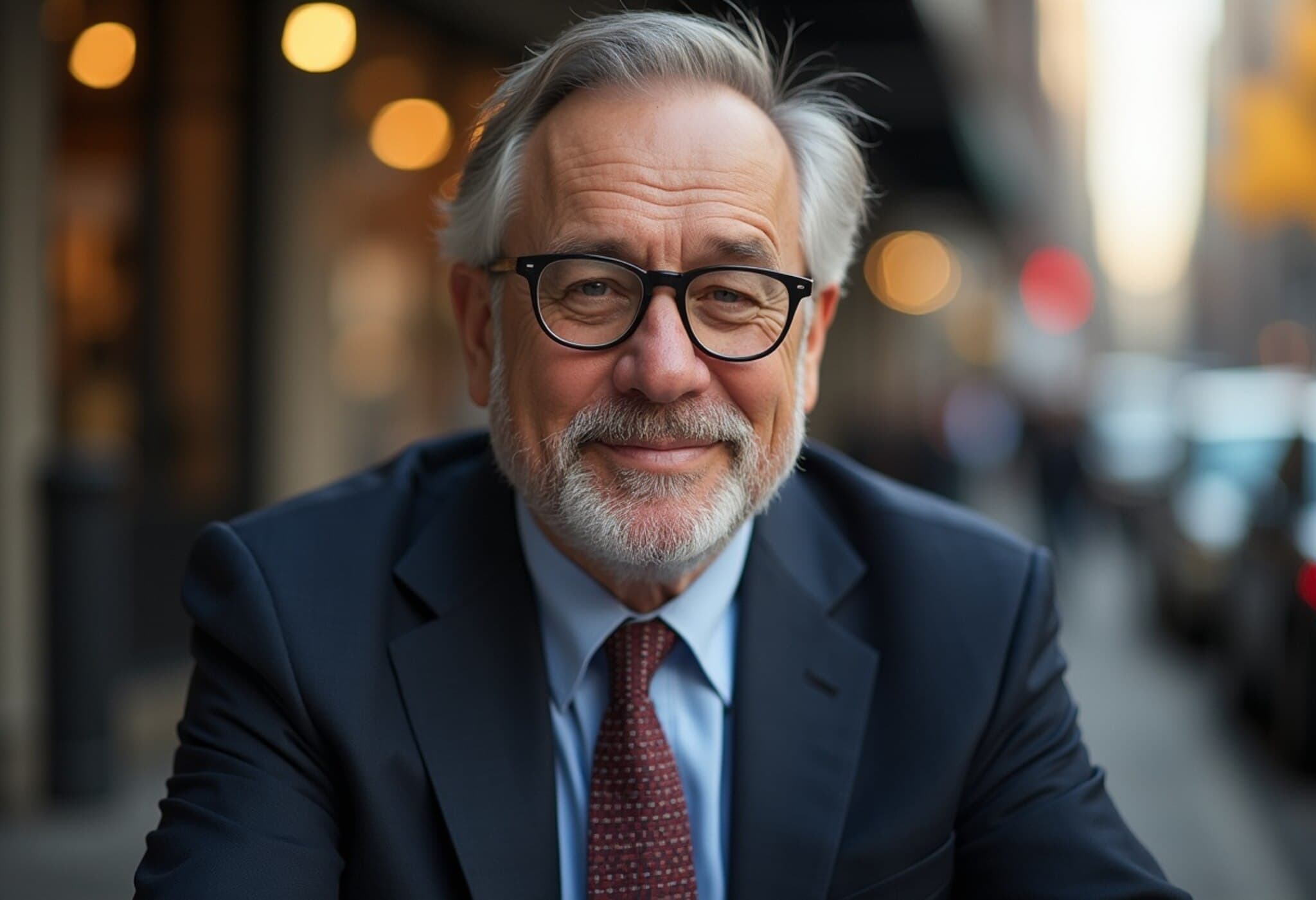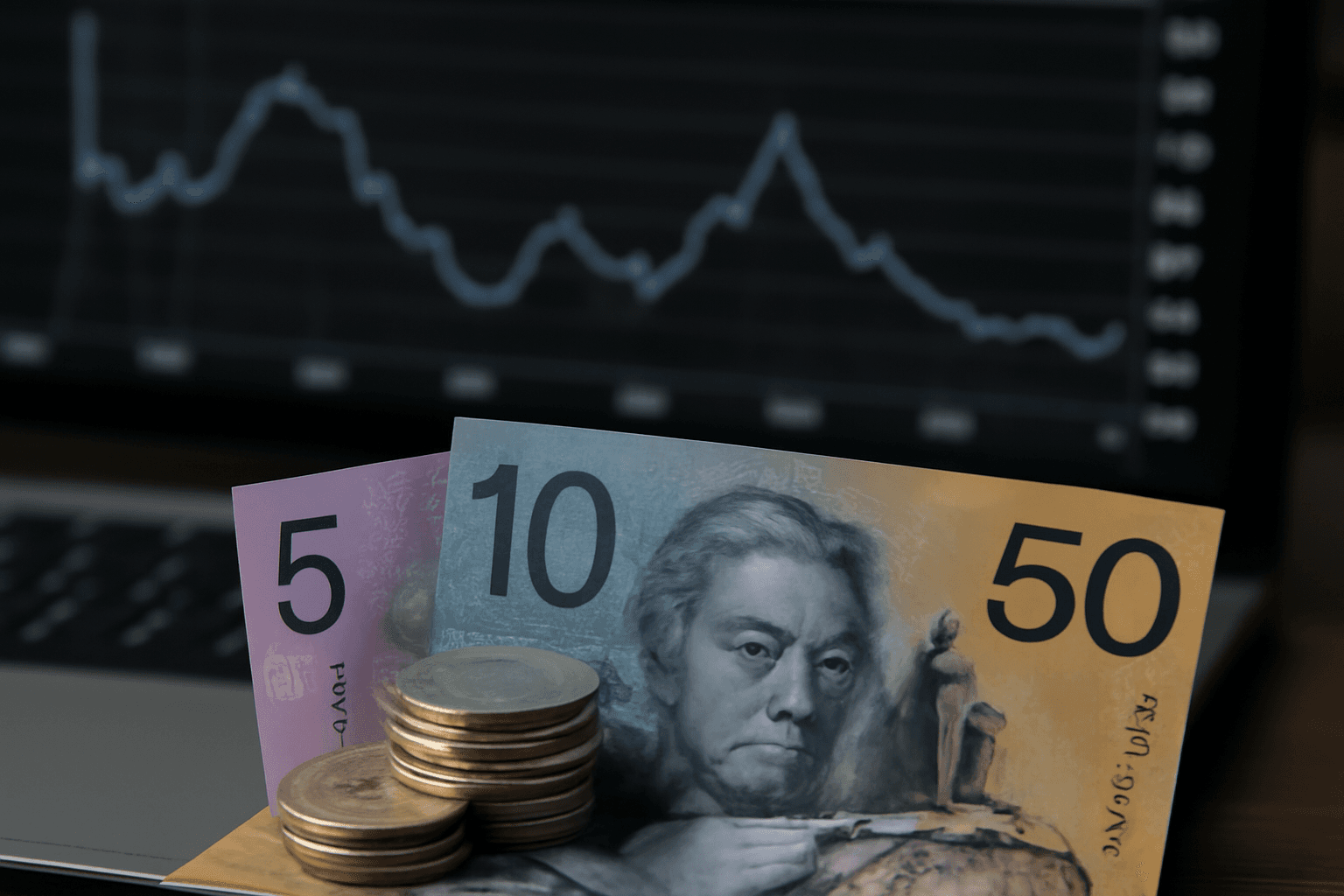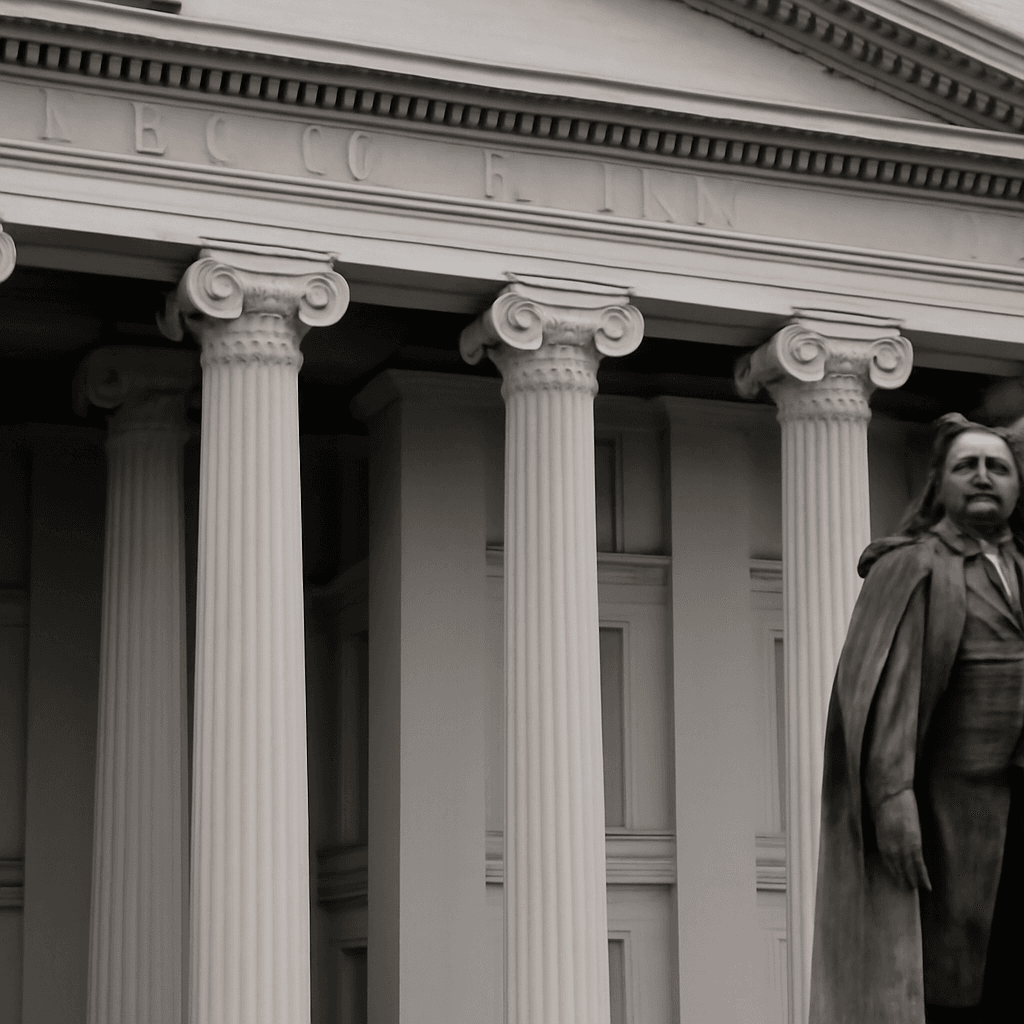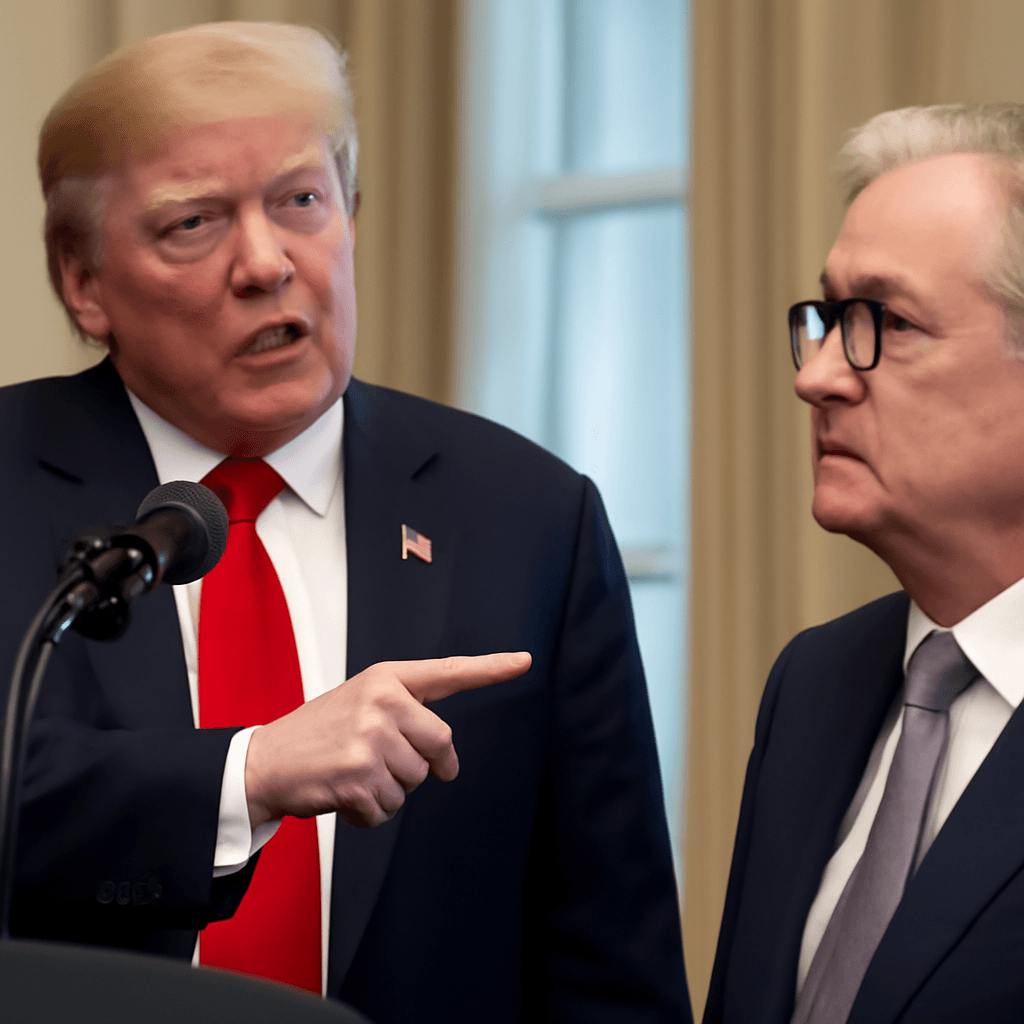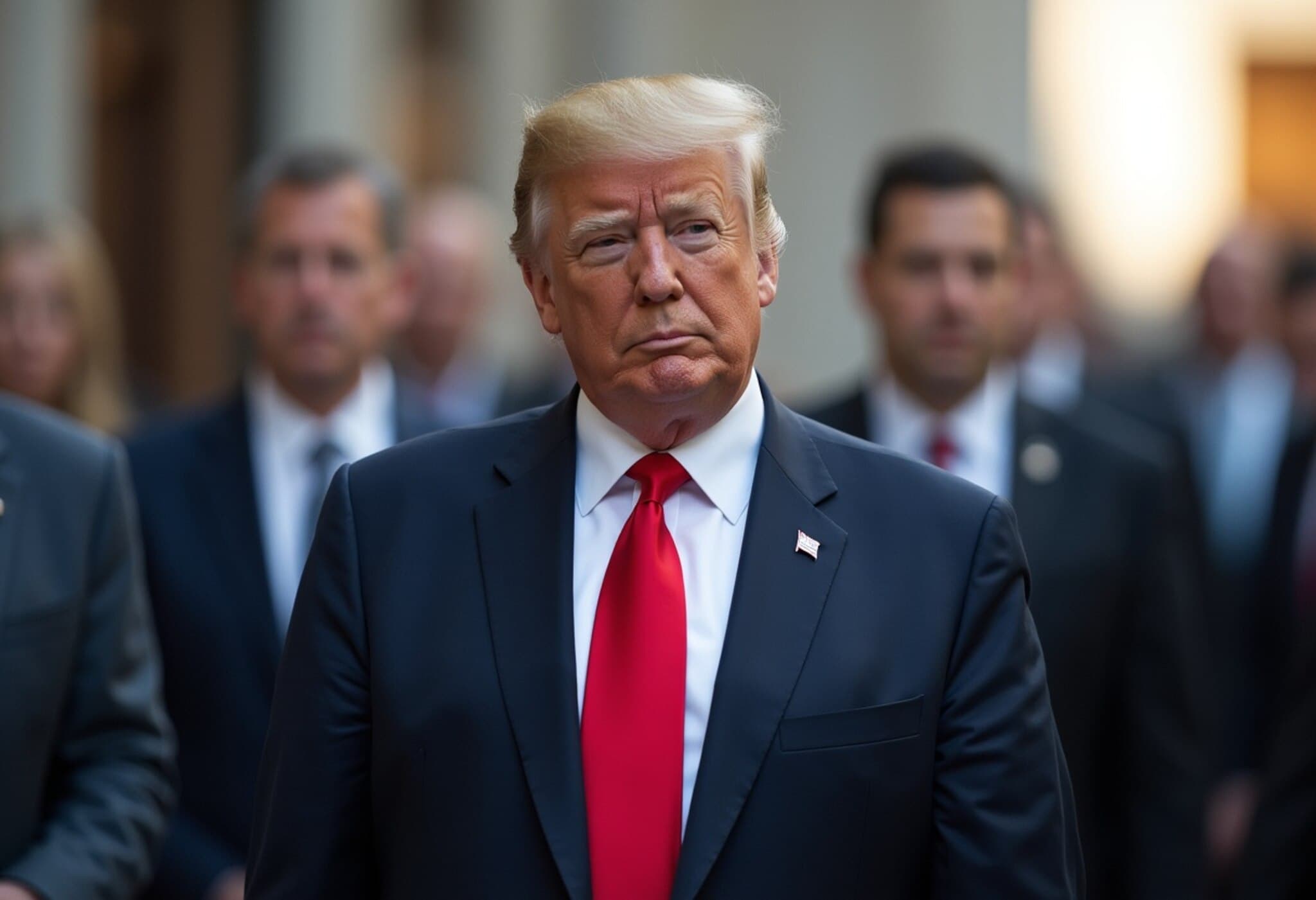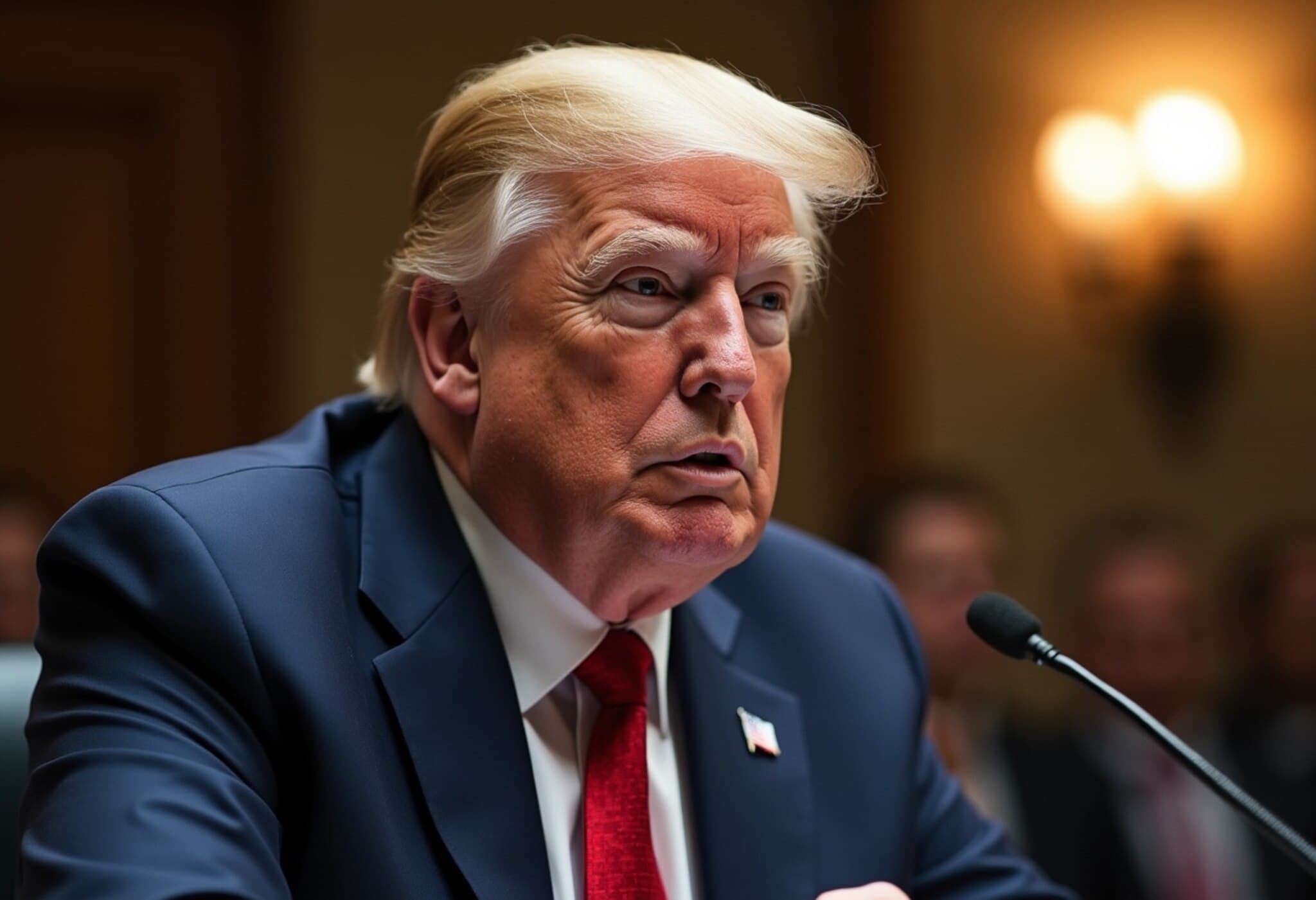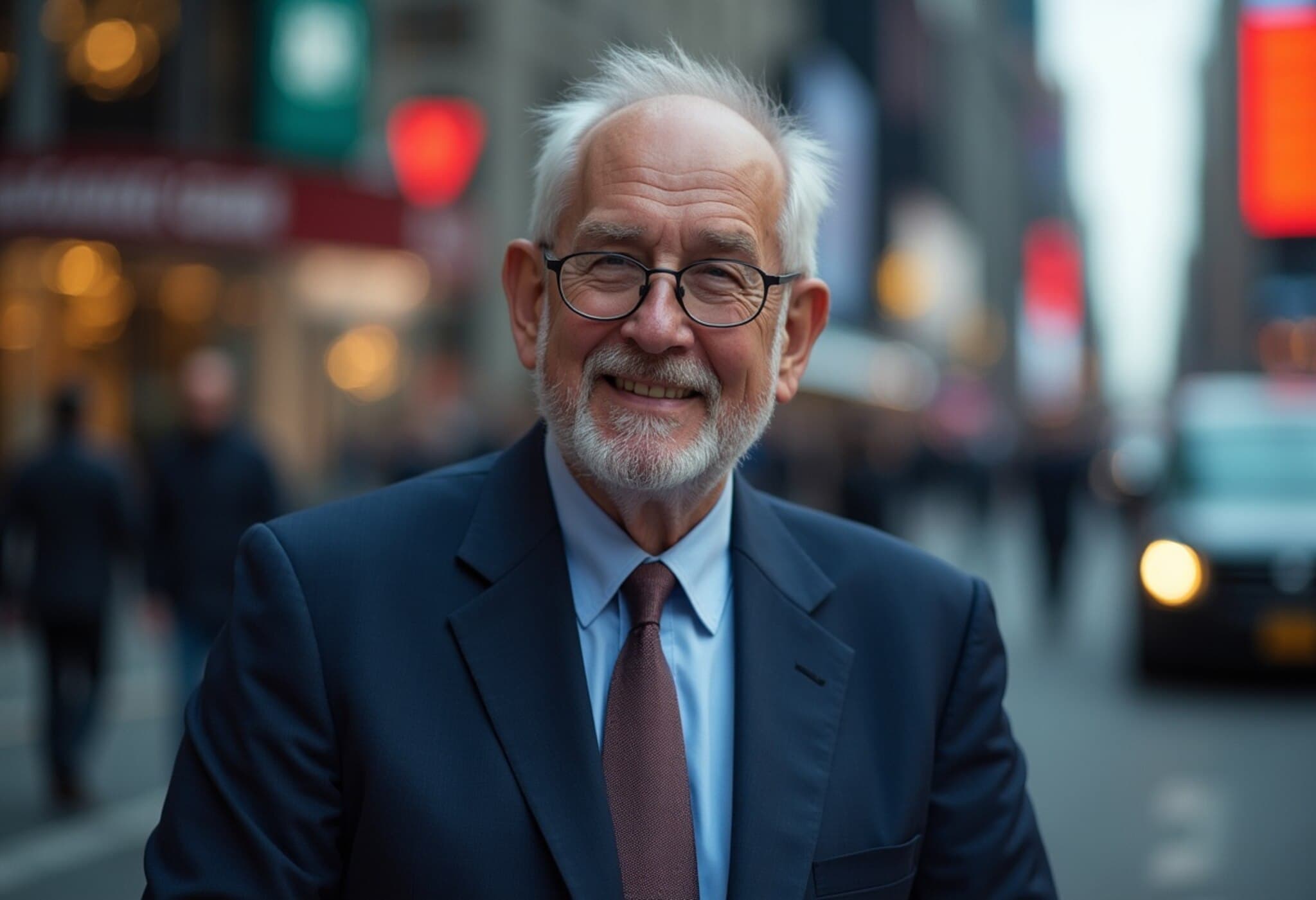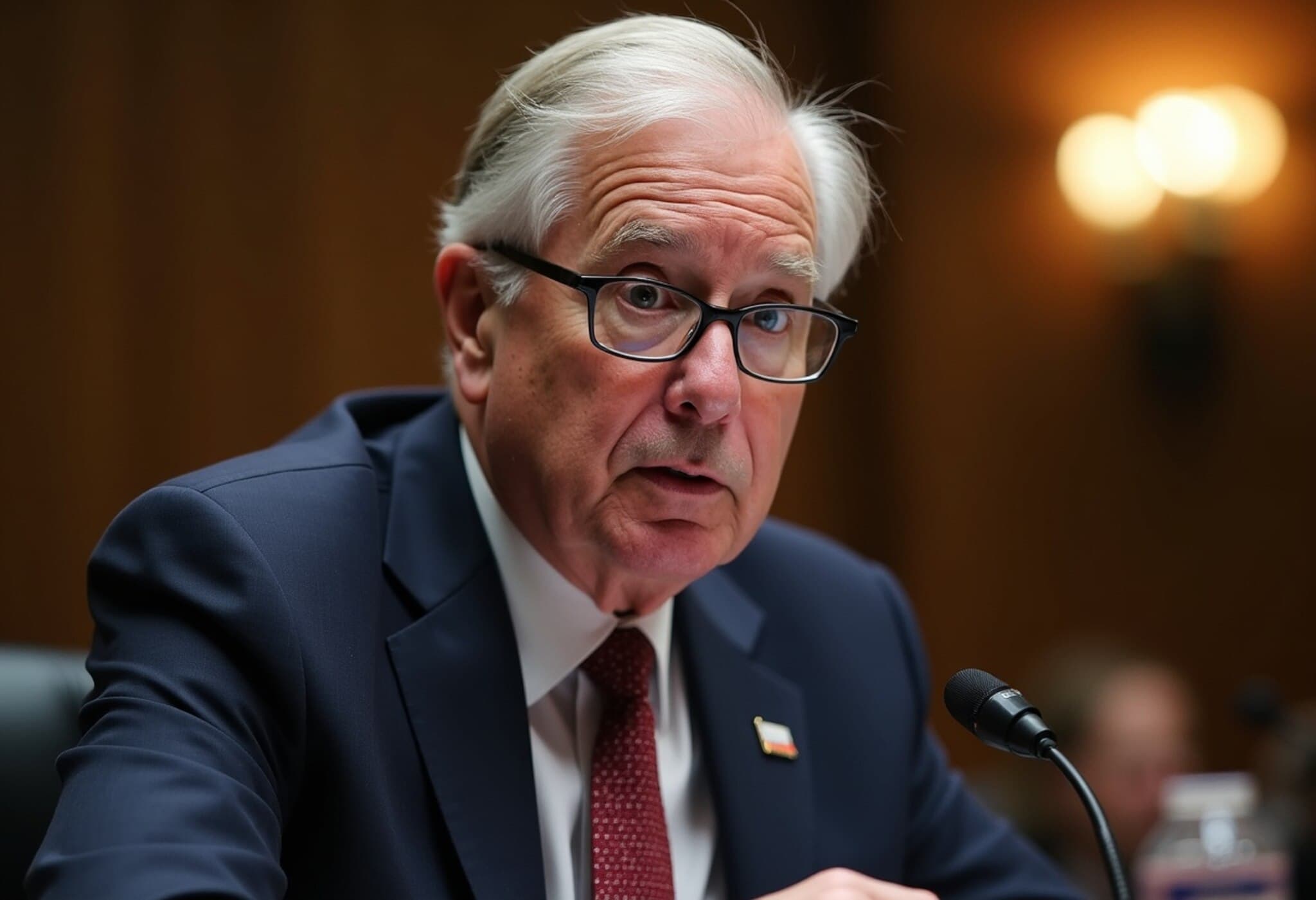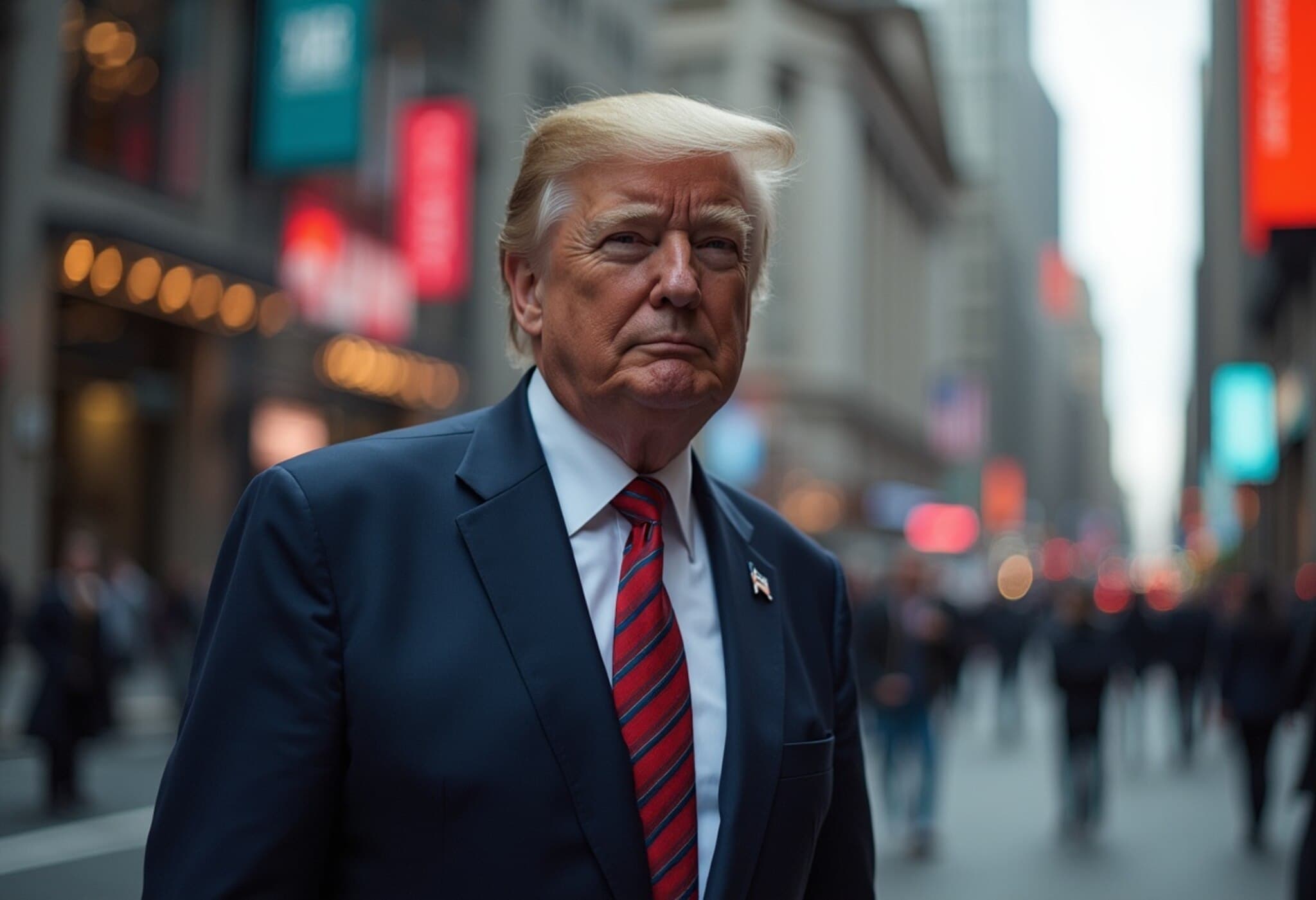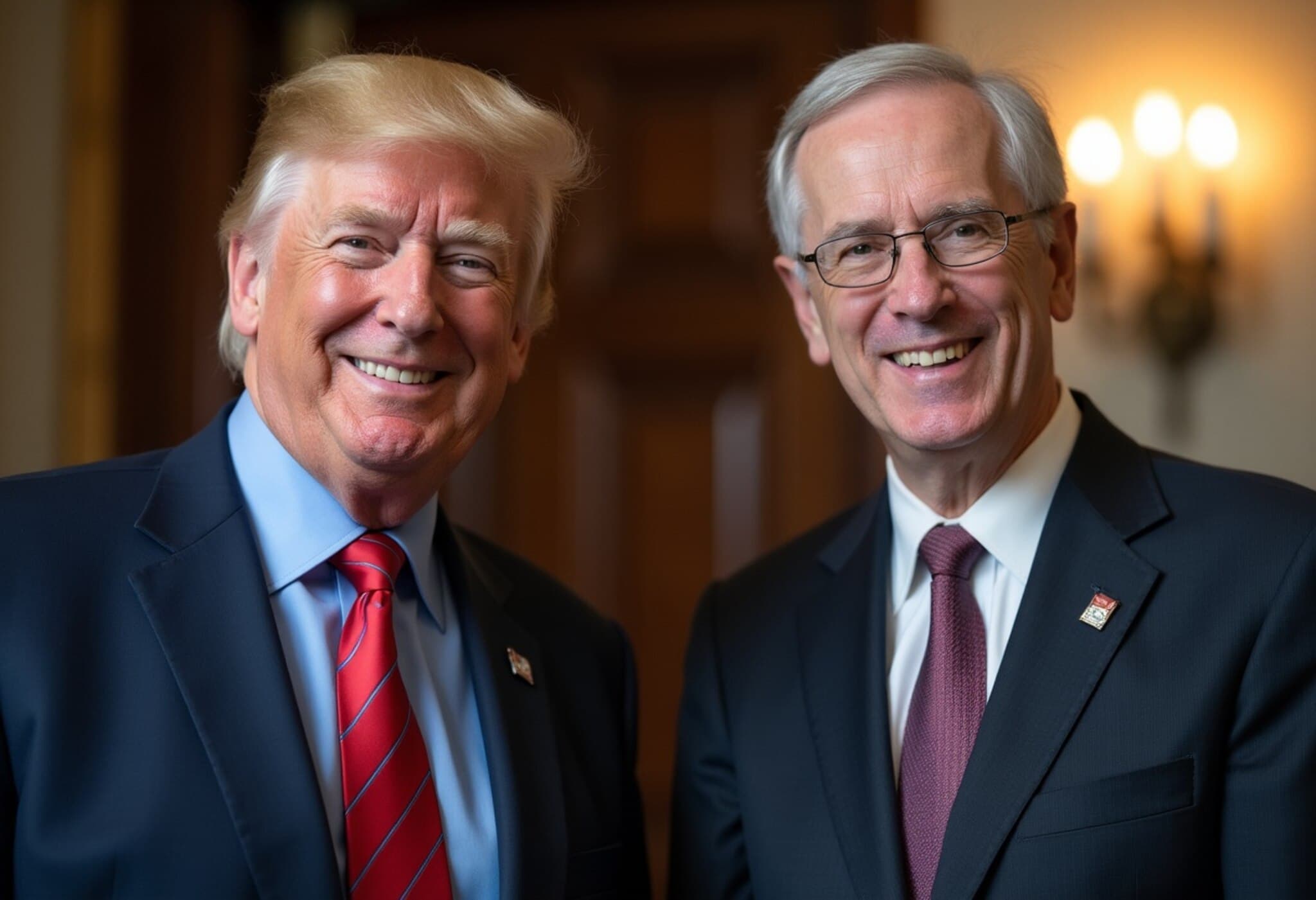Trump’s Expanding Federal Reserve Chair Shortlist: Who Are the Contenders?
As President Donald Trump navigates the crucial decision to replace Jerome Powell as the Federal Reserve chair, what began as a concise shortlist has morphed into a diverse group nearing a dozen potential candidates. This range includes former and current Federal Reserve officials, prominent economists, and market-savvy experts—each bringing their distinct perspective on shaping U.S. monetary policy during a pivotal economic moment.
What the Candidates Are Saying: Diverse Views on the Fed’s Future
Over recent months, CNBC has interviewed many of these candidates, allowing them to articulate their monetary visions candidly. Their opinions largely converge on one core idea: the necessity to lower the Fed’s benchmark interest rate, which they argue remains too high to foster optimal economic growth. Yet, some voices call for deeper changes that challenge the very foundations of how the Fed operates.
Calls for a ‘Regime Change’ and Intellectual Renewal
- Former Governor Michael Barr advocates for a comprehensive “regime change” at the Fed, arguing that traditional frameworks no longer suit today’s economic realities.
- Larry Lindsey, also a former governor, criticizes the Federal Open Market Committee (FOMC) for an absence of intellectual diversity, which he says has caused systemic missteps in policy decisions.
Balancing Independence and Transparency
- James Bullard, ex-president of the St. Louis Fed, underscores the importance of maintaining the Fed’s independence, especially during politically charged times, while reaffirming commitment to its core mandate of price stability and maximum employment.
- Kevin Hassett, National Economic Council Director, voices frustration over the opaque nature of FOMC deliberations, calling for enhanced transparency to build public trust.
Market-Oriented Approaches and Listening to Diverse Views
- Market strategists like Rick Rieder see room for an aggressive interest rate cut, aiming to catalyze investment and growth.
- Governor Christopher Waller emphasizes the importance of incorporating a broad spectrum of opinions—including the president’s—into policy decisions to ensure balanced outcomes.
Timing and Political Considerations
While Powell’s current term as Fed chair runs until May 2026, Trump has yet to announce a clear timeline for making a replacement decision. The president previously indicated an intention to fill at least one current vacancy on the Fed’s Board of Governors, signaling ongoing reshaping of the central bank’s leadership.
This forthcoming move could critically influence monetary policy during a time marked by inflation concerns, geopolitical tensions, and the economic repercussions of the pandemic recovery.
Underreported Angles & Broader Context
What often escapes the headlines is the deep political and ideological tug-of-war underlying the Fed chair selection. The Fed’s role as an independent arbiter of monetary policy conflicts with growing political pressures to prioritize short-term economic boosts, especially around election cycles.
Moreover, candidates’ varied stances on transparency and institutional reform highlight growing public debates about how monetary policy impacts inequality, employment, and financial stability—issues that will resonate deeply across American households and markets alike.
Looking Ahead: Why This Decision Matters
Choosing the next Federal Reserve chair is not just about picking a steward for interest rates. It signals the administration’s broader economic philosophy—whether it leans toward cautious independence, aggressive market intervention, or structural reform.
For investors, businesses, and everyday Americans, these policy choices have real consequences: they influence borrowing costs, inflation trajectories, job markets, and ultimately, the nation’s economic health.
Key Takeaways:
- The Federal Reserve chair’s role is pivotal in steering the U.S. economy amidst unsteady global conditions.
- Trump’s growing list of candidates reflects competing visions for monetary policy, from incremental rate cuts to fundamental Fed reforms.
- Transparency, institutional independence, and intellectual diversity remain hot-button issues within the debate.
- The final decision will reveal much about the administration’s economic priorities and approach to central banking.
Editor's Note
As we await Trump’s final selection for Federal Reserve chair, it’s crucial to appreciate the complexity behind this appointment. Beyond economic jargon lies a decision with tangible impacts on every American’s financial wellbeing, from mortgage rates to employment opportunities. Observers should watch not only who is chosen but how their policy philosophy aligns with the evolving demands of the U.S. economy and its place in the global financial ecosystem.
This unfolding story invites us to consider deeper questions: How independent can the Fed remain amid political pressures? What balance should be struck between market confidence and public accountability? And ultimately, who can best navigate these challenges for the long-term prosperity of all Americans?

